Aromatherapy and the Beehive
Posted on May 01, 2019 0
By Amanda Plunkett, Certified Aromatherapist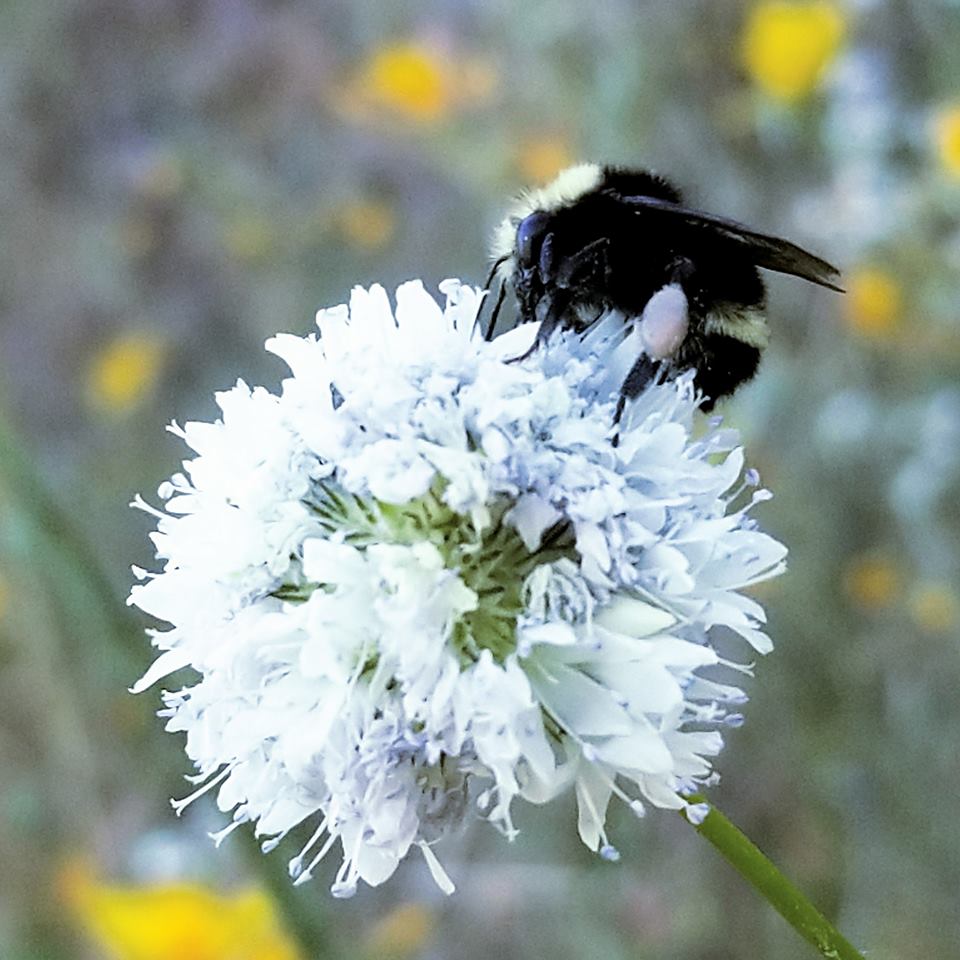
In springtime in southern California, drivers enjoy fields of gold: Poppies (Eschscholzia californica), mustards (Brassica tournefortii) and fiddlenecks (Amsinckia) blanket the roadside. Various lavender species (Lavandula spp.), rosemary (Rosmarinus officinalis), and eucalyptus species (Eucalyptus spp.) have bloomed and excite the senses. After taking this drive, walk into a room diffusing essential oils with soothing and uplifting scents. Lavender (Lavandula angustifolia), sweet orange (Citrus sinensis), and lemon (Citrus × limon) aromas fill the air. In everyday life, plants surround us with complexity of visual and olfaction enjoyment.
Experts continue to delve into the world of scientific data supporting the use of essential oils in holistic care as the popularity and use of essential oils keeps on rising. As a result, the discussion around sustainable harvesting of plants for essential oils has increased, ensuring a healthy future for aromatherapy practice. Aromatherapists, essential oil enthusiasts, and herbalists often look to experts for knowledge. However, we often neglect the conversation about sustainability of the real experts, pollinators.
Plant Pollination and Floral Scents
Plant–pollinator interactions are determined through floral scents and reward components by floral chemistry. Plants release organic volatile compounds which are secondary metabolites. These fragrant compounds are then often extracted and used in aromatherapy as essential oils. The purpose of these compounds serves multiple purposes for the plant, but flowers use them to entice pollinators for reproduction. The scent of a flower is a mixture of many volatile compounds that varies with respect to genotype, stage of development, and local environmental conditions. Pollinators then use these scents to find food.
One essential oil which is often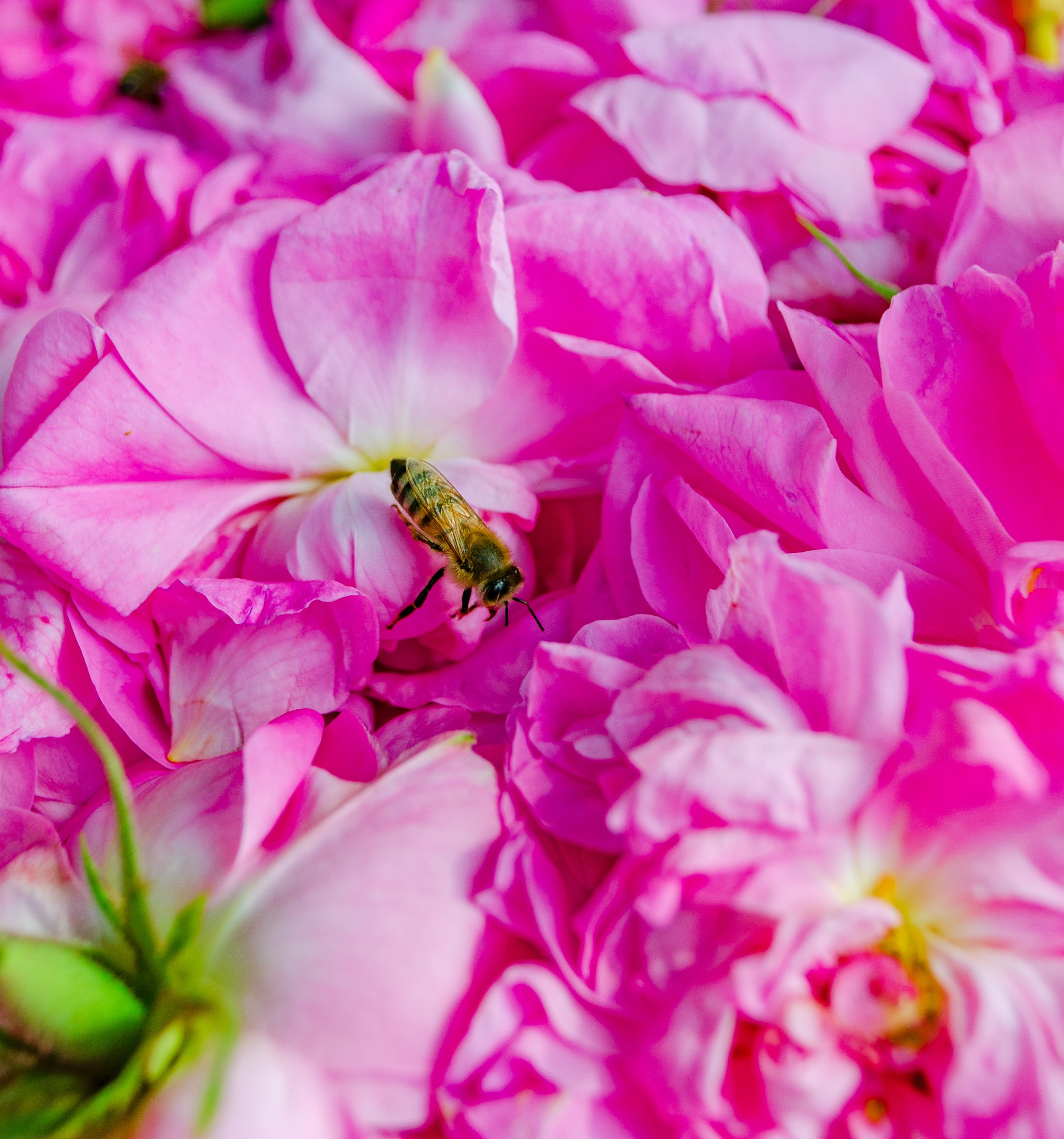 used in aromatherapy and botanical perfumes is ylang ylang (Cananga odorata) essential oil. It is derived from the flowers of the large evergreen tropical tree and the essential oil has over thirty constituents. Its pollinators, moths and beetles, are nocturnal specialists, pollinating a minimal number of plants. Specialist pollinators are generally attracted to a limited number of flower scents from their specialized plant to find food.
used in aromatherapy and botanical perfumes is ylang ylang (Cananga odorata) essential oil. It is derived from the flowers of the large evergreen tropical tree and the essential oil has over thirty constituents. Its pollinators, moths and beetles, are nocturnal specialists, pollinating a minimal number of plants. Specialist pollinators are generally attracted to a limited number of flower scents from their specialized plant to find food.
Pollinating Specialists
Pollinating specialists occur in orchids that practice deceptive pollination, especially that of sexual deception.1 For example, an orchid (Caladenia plicata) flower emits a unique blend of two monoterpene alcohols, β-citronellol and 2-hydroxy-6-methylacetophenone. The aroma mimics the female oviposition sexual hormones of a specific species and attracts male wasps looking to reproduce. Instead, of reproducing with another wasp, the orchid receives pollination.
Pollinating Generalists
Bumblebees and honeybees however are termed generalists, detecting a myriad of flower scents and sourcing a wide variety of flowers as nectar and pollen sources. The honey bee (Apis mellifera) has been a central insect to study olfactory perception and learning for more than a century, starting with pioneer work by Karl von Frisch. Honeybees have over 60,000 olfactory scent receptors in their antennae with over 170 different types. Unlike humans, they can detect odor molecules at parts per trillion vs. parts per million. They have been trained to detect bombs, cancer, diabetes, illegal drugs and more using the PER (Proboscis Extension Reflex protocol).
Beekeepers and Aromatherapy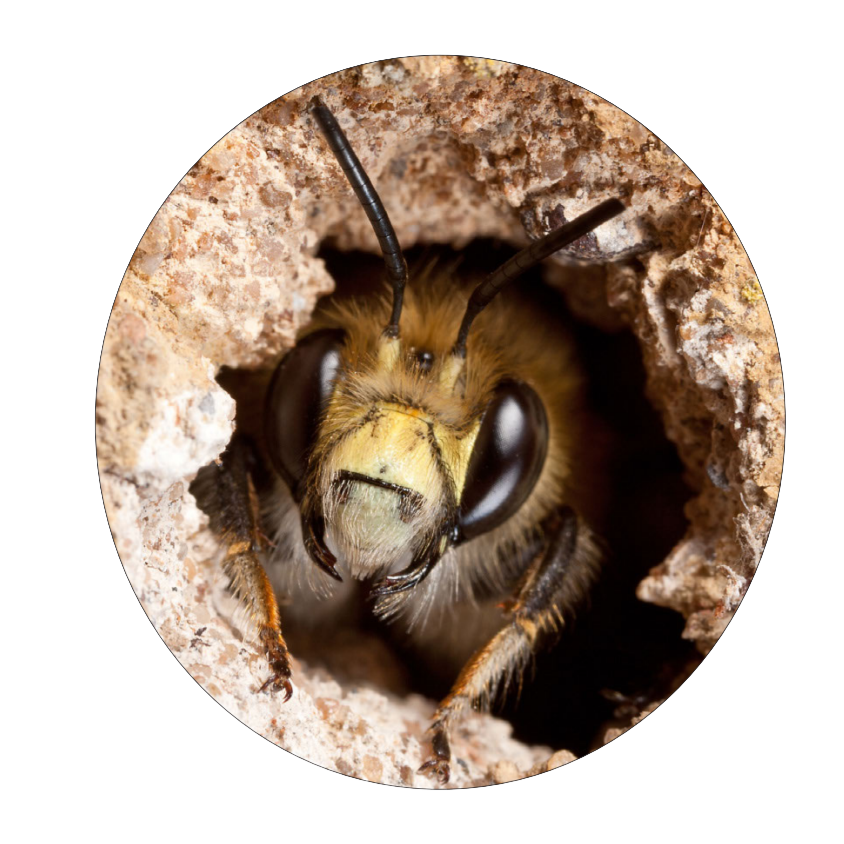
Beekeepers have historically used aromatherapy. They use herbs such as dried lavender (Lavandula angustifolia) and lemon balm (Melissa officinalis) in their smokers to calm honey bees. Two new research papers from Monash University researchers reveal the way that the honey bee controls aggression and forms memories.2 The discoveries have important implications for the way that the human brain controls aggression, forms memories and loses memory with age. Monash University researchers found that regular exposure to lavender (Lavandula angustifolia) calmed honey bees not by masking alarm pheromones, but by changing epigenetic expressions which modulate aggressive behavior and switching the response off in the brain.3,4
Monash University research states, “Due to our new research we now know why it works as a calmative including for humans and their pets. Our team, colleagues from Australia and France, examined how lavender and other key odors modify honey bees’ aggression when they defend their colonies against intruders. The odors counteract the potent alarm pheromones that bees release to recruit nest-mates into defending the hive thus reducing overall aggression.”3
Olfaction and the Beehive
Olfaction cues are also essential to honey beehive functions. For example, the queen bee releases the Queen Mandibular Pheromone (QMP) from her mandibles. This pheromone contains over seventeen aromatic compounds. It lets the workers know that the queen bee is alive, present, and functioning. There is a misconception that lemongrass (Cymbopogon citratus) essential oil smells like the queen mandibular pheromone because it attracts honeybees. Rather, worker bees release the Nasonov pheromone from the backs of their abdomen. This pheromone contains the isomers of citral, nerol, geraniol, nerolic acid, geranic acid and farnesol which smells like lemongrass (Cymbopogon citratus). This is the “welcome home” or “come this way” pheromone that workers release to attract their sisters. That is why beekeepers use lemongrass (Cymbopogon) essential oil as a swarm lure to attract new colonies.
Interestingly, people often ask what kind of aroma can repel bees. Many essential oils, in high amounts, can act as repellants because of the extreme sensitivity of honey bees to smell. While trying to direct bees away from an undesired area, beekeepers often use tea tree (Melaleuca alternifolia) essential oil dispersed in a smoker. However, it is also used in many blends at low doses to prevent the impacts of mold and fungal diseases.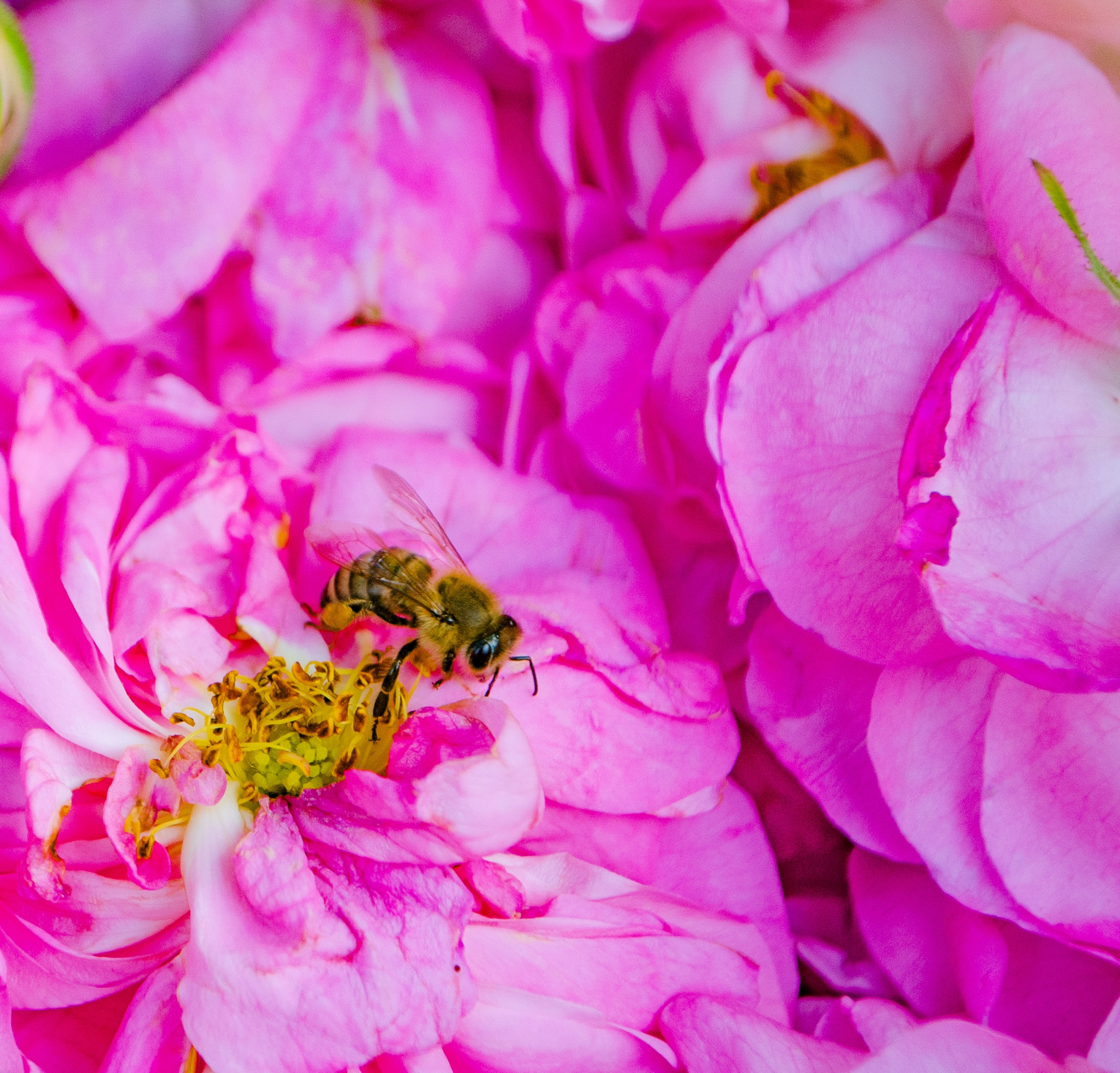
Bee Stings
Have you ever been stung by a bee? A honeybee has a barbed stinger which detaches from the bee with the elasticity of mammalian skin. This releases the chemical component isopentyl acetate which smells like bananas. This triggers other guard bees near the hive to sting to defend the colony. If you get stung, use the salve blend included in this article.
The Future of Bees
Thus, the true “experts” in aromatherapy are our pollinators. They ensure continued plant reproduction, an integral role in the ecosystem. According to a 2014 United Nations report,5 over 40% of invertebrate pollinators are facing extinction6 and over 16% of vertebrate pollinators are facing extinction. Our responsibility to ensure sustainability of plant-based harvests, including essential oils, should be centered around the health and safety of pollinators. Do our schools, libraries, parks, shopping centers, and municipal-maintained spaces, offer safe habitat for pollinators, free from herbicides and pesticides?
It is very important to save these real experts of aromatherapy; in other words, let’s make a conscious effort to save our pollinators.
Sting Relief Recipe
This recipe makes approximately (8) x one-ounce jars. You will need 8 x one-ounce glass jars with lids.
Ingredients:
0.5-oz. shredded beeswax
Herbal-infused Oils: *
*Use a base oil of either olive (Olea europaea) oil or sunflower (Helanthius annuus) oil to make the herbal-infused oil:
2-oz. plantain-infused (Plantago major) herbal oil
2-oz. St. John’s wort-infused (Hypericum perforatum) herbal oil
2-oz. jewelweed-infused (Impatiens capensis) herbal oil
2-oz. lemon balm infused (Melissa officinalis) herbal oil
Essential Oil Synergy Blend:
140 drops lavender (Lavandula angustifolia)
60 drops geranium (Pelargonium graveolens)
60 drops peppermint (Mentha × piperita)
Directions:
In an amber glass bottle, blend together the essential oils to create an essential oil synergy blend.
Place 30 drops of the essential oil synergy blend into each of the one-ounce glass jars.
Blend together all of the herbal infused oils with 0.5-oz. of shredded beeswax in a stainless steel or glass double boiler.
Melt the ingredients together on low to medium heat, continually stirring to ensure even distribution of the beeswax.
Once the herb-infused oils and beeswax are completely melted together, pour the mixture into the glass jars.
Put a lid on each jar and shake, distributing the essential oil synergy blend throughout the jar.
Leave the lid on the jar while cooling to keep the essential oils from evaporating. Once the salve is cool and hardened, it is ready to use.
Cautions: Avoid the use of peppermint essential oil in pregnancy. Avoid using with, and near, babies and young children.
References:
Wong, Darren C.J., Pichersky Eran, Peakall Rod (2017) The Biosynthesis of Unusual Floral Volatiles and Blends Involved in Orchid Pollination by Deception. Frontiers in Plant Science, 8:1955
Nouvian M, Hotier L, Claudianos C, Giurfa M, Reinhard J. Appetitive floral odours prevent aggression in honeybees. Nat Commun. 2015;6:10247. Published 2015 Dec 22. doi:10.1038/ncomms10247
Monash University: Honey bee facility reveals insights into workings of human brain (2015) Retrieved from: Retrieved from: https://phys.org/news/2015-12-honey-bee-facility-reveals-insights.html
Van der Burg, N.M.D. & Lavidis, Nickolas & Claudianos, Charles & Reinhard, Judith. (2014). Testing olfactory modulation of honeybee aggression in a novel assay. Apidologie. 10.1007/s13592-013-0263-0.
Ollerton, Jeff et. al., “Extinctions of aculeate pollinators in Britain and the role of large-scale agricultural changes”, Science 12 Dec 2014: Vol. 346, Issue 6215, pp. 1360-1362
Sustainable Development Goals website, Countries urged to prioritize protection of pollinators to ensure food security at UN Biodiversity Conference, retrieved from: https://www.un.org/sustainabledevelopment/blog/2016/12/pollinators/
About Amanda Plunkett:
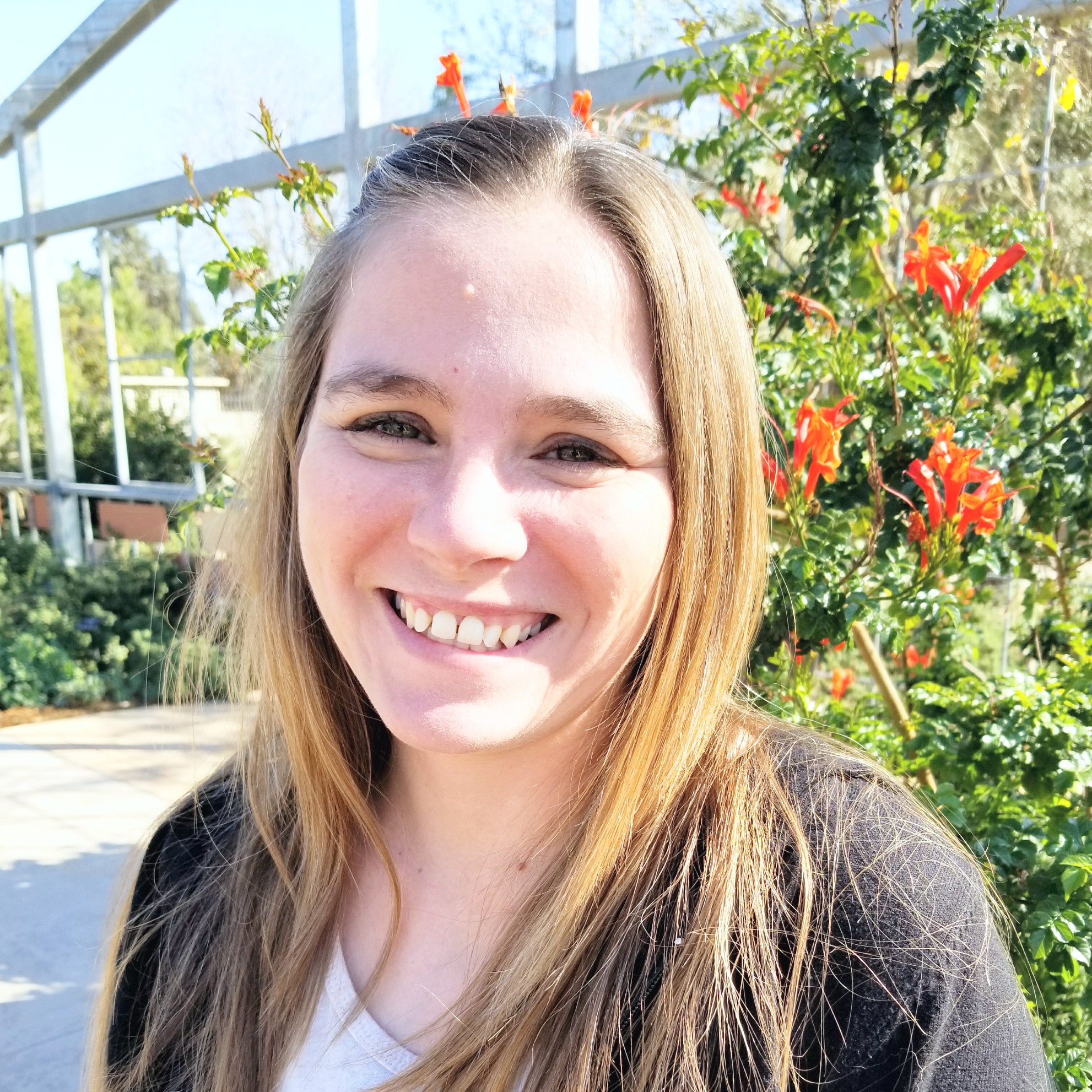 After years of suffering with an environmental illness, Amanda turned to holistic medicine. She began her aromatic education by obtaining her Advanced Aromatherapy and Internal Usage Certifications under the mentorship of Jade Shutes in 2015 with over 500 hours of training. She now serves the community as a NAHA Certified Clinical Aromatherapist®. In 2016, she launched Bee Rooted, a company dedicated to advocating for healthy environments and rescuing nuisance honey bees. Since then, she has also successfully completed a horticulture class and gained an Organic Lawn Care Accredited Professional Certification.
After years of suffering with an environmental illness, Amanda turned to holistic medicine. She began her aromatic education by obtaining her Advanced Aromatherapy and Internal Usage Certifications under the mentorship of Jade Shutes in 2015 with over 500 hours of training. She now serves the community as a NAHA Certified Clinical Aromatherapist®. In 2016, she launched Bee Rooted, a company dedicated to advocating for healthy environments and rescuing nuisance honey bees. Since then, she has also successfully completed a horticulture class and gained an Organic Lawn Care Accredited Professional Certification.
As an Environmental Illness survivor, she feels she has a special relationship with bees as they too are sensitive to miniscule environmental changes. She uses her experience to spread awareness for healthier environments, offering consultations and presentations around the country on holistic personal care, organic landscaping, and developing habitat for pollinators. To learn more about Amanda, visit her website at: www.beerooted.com
Comments
No comments yet for this entry.
Please Log In to post comments